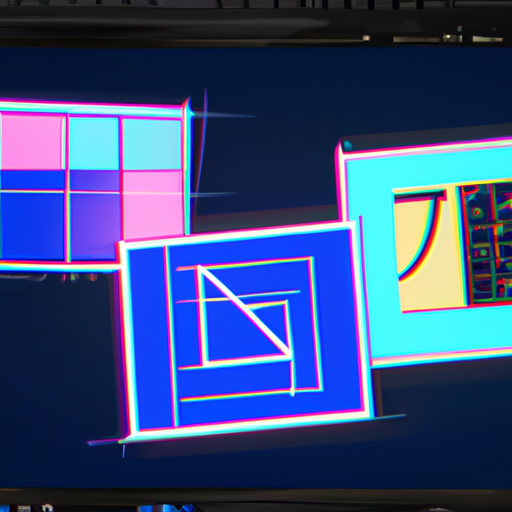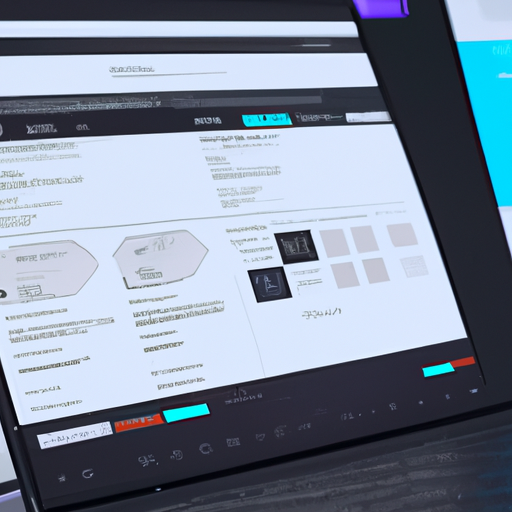“Unleashing Freedom in the Digital Realm: The Heart of Web3 Decentralization”
Exploring the Future: Understanding the Core Principles of Web3 and Decentralization

Decentralization Unveiled: The Core Principles of Web3
The digital world is on the cusp of a significant transformation, a shift from the centralized Web2 to the decentralized Web3. This new era of the internet, often referred to as Web3, is set to revolutionize the way we interact online, promising a future where users have more control over their data and digital identities. But what exactly is Web3, and what are its core principles? Let’s delve into the fascinating world of decentralization to understand this better.
Web3, or the decentralized web, is a vision for a new generation of the internet that is powered by blockchain technology. Unlike the current version of the web (Web2), where a handful of tech giants control most of the data and digital services, Web3 aims to distribute this power among the users themselves. This is achieved through the principle of decentralization, which is the cornerstone of Web3.
Decentralization is the process of distributing and dispersing power away from a central authority. In the context of Web3, it means that no single entity has complete control over the entire network. Instead, control is shared among all participants, who are equally responsible for maintaining the network’s integrity. This is a stark contrast to Web2, where a few centralized platforms hold a disproportionate amount of power and control.
One of the key principles of Web3 and decentralization is the concept of peer-to-peer interactions. In a decentralized network, users can interact directly with each other without the need for intermediaries. This not only reduces the cost of transactions but also increases their speed and efficiency. Moreover, it allows for greater privacy, as users’ data is not stored on centralized servers but is instead distributed across the network.
Another fundamental principle of Web3 is transparency. With blockchain technology, all transactions and interactions are recorded on a public ledger that anyone can access. This ensures that all actions are transparent and can be audited, fostering trust among users. It also makes it harder for malicious actors to manipulate the system, as any changes to the ledger are visible to all.
Web3 also champions the principle of inclusivity. By removing the barriers to entry that exist in Web2, Web3 aims to create a more inclusive digital space where anyone, regardless of their location or socioeconomic status, can participate. This is made possible by the open-source nature of blockchain technology, which allows anyone to contribute to the development and maintenance of the network.
Finally, Web3 promotes the principle of user sovereignty. In a decentralized network, users have full control over their data and digital identities. They can decide who has access to their information and how it is used. This is a significant departure from Web2, where users often have little say over how their data is handled.
In conclusion, Web3 and decentralization represent a paradigm shift in the way we interact online. By championing principles such as decentralization, peer-to-peer interactions, transparency, inclusivity, and user sovereignty, Web3 promises a more equitable and user-centric digital future. As we stand on the brink of this new era, it is crucial to understand these principles and their implications for our digital lives.



